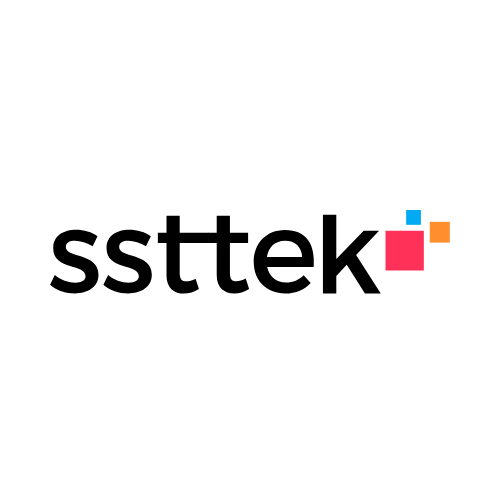SaaS (Software as a Service), compared to traditional software distribution methods, offers numerous advantages such as cost savings, flexibility, scalability, and accessibility to businesses; and therefore, has become increasingly popular in various sectors, from newly established companies to small and large enterprises, aiming to modernize software infrastructures and enhance operational efficiency. In this blog post, we will explore the definition, advantages, and some popular examples of SaaS, and how it innovates the way businesses and individuals access, use, and pay for software.
What is SaaS?
SaaS (Software as a Service) essentially refers to a software distribution model where applications are hosted in the cloud, managed by a third-party provider and delivered to users over the internet. Instead of purchasing and installing applications individually on devices, users can access SaaS applications through a web browser or program interface. This relieves customers from the burden of maintaining and updating software on their own hardware, providing them with effortless access to the latest features. SaaS typically follows a subscription-based pricing model where users pay monthly or annually for access, eliminating the need for upfront hardware and software investments and thus reducing capital expenditures for businesses.
Advantages of SaaS
Accessibility: Due to its cloud-based nature, SaaS applications can be accessed from any device with an internet connection, like laptops, tablets, and smartphones. This enables seamless collaboration and increased productivity, particularly for remote work setups, making accessibility one of the most significant advantages of SaaS.
Integration: SaaS applications often provide APIs (Application Programming Interfaces) and integration tools that allow seamless integration with other software systems and services such as CRM (Customer Relationship Management) systems and ERP (Enterprise Resource Planning) platforms. This integration capability streamlines business workflows, enhances productivity, and enables simultaneous utilization of data from multiple sources.
Multi-Tenancy Architecture: SaaS applications leverage a multi-tenant architecture where multiple customers share a single instance of the software application. Each user’s data is securely isolated from other users, ensuring privacy and security. Multi-tenancy enables SaaS providers to achieve economies of scale and offer cost-effective solutions to customers.
Scalability: SaaS providers often offer flexible pricing plans that allow customers to easily adjust their subscriptions based on user requirements as their needs evolve. This scalability eliminates the need for businesses to invest in additional hardware or infrastructure to support increased workloads.
Automatic Updates: SaaS providers take care of software updates and maintenance, allowing users to access the latest version of the software with enhanced functionality and security without the need for manual installation or management of updates.
Examples of Popular SaaS Applications
Microsoft 365 (formerly Office 365): A platform that includes tools such as Word, Excel, PowerPoint, Teams, and SharePoint.
Salesforce: A customer relationship management (CRM) platform focused on sales, marketing, and service automation.
Google Workspace (formerly G Suite): A collection of collaboration tools including Gmail, Google Drive, Docs, Sheets, and Meet.
Zoom: A video conferencing platform for virtual meetings, webinars, and remote collaborations.
Slack: A team communication and collaboration platform that provides real-time messaging, file sharing, and integration with other tools.


